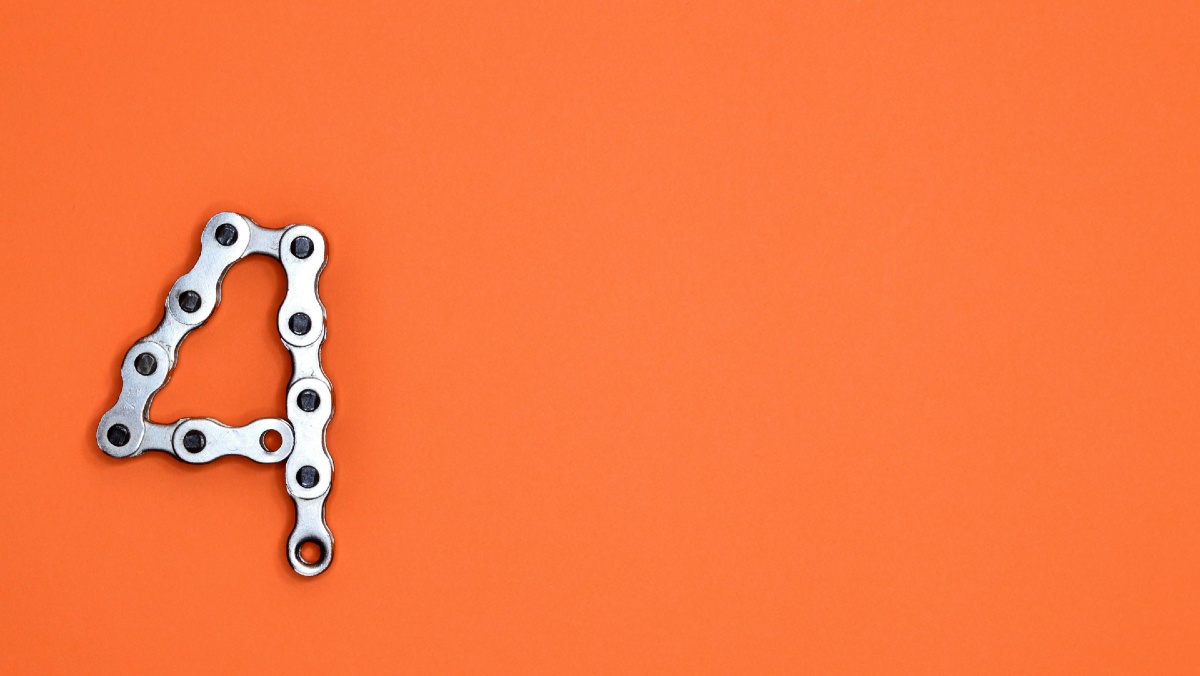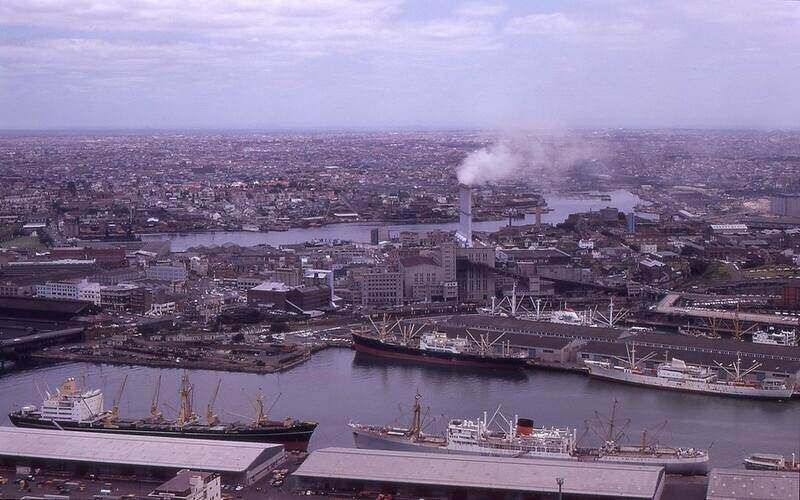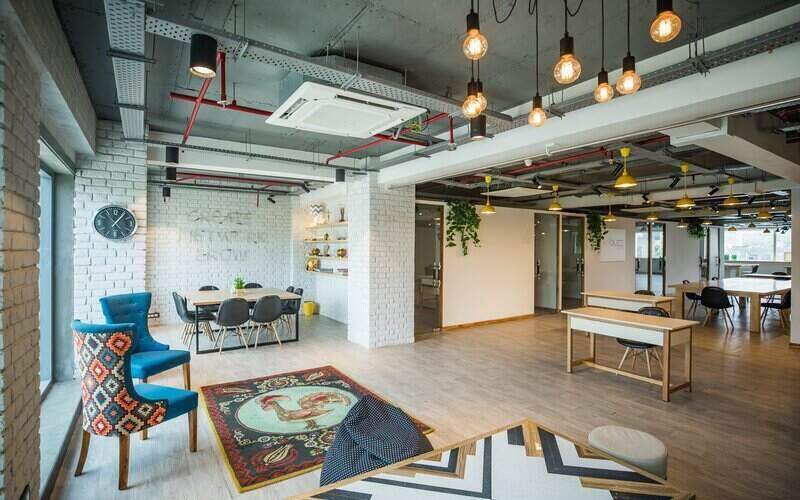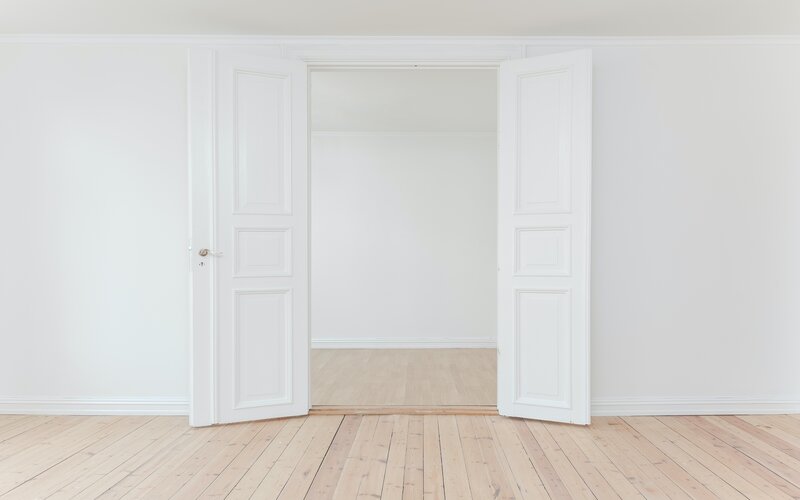Sydney rents fell to their lowest level in years, with the median house rent and median unit rent down 2.8% and 3.8% for the year respectively.
The oversupply of new apartments has pushed house rents back to 2016 levels, $25 below the peak of $550 in 2017, and unit rents to 2015 levels, $40 below that same peak.
Yet Sydney still boasts the most expensive rental market in the country, with experts tipping strong population growth to stabilise the market by the end of 2020.
Hobart had the largest growth of the capitals, with house rents up 9.5% for the year and unit rents up 7.9%.
Nationally, the median house rent was down 0.7% for the year to $446, while the median unit rent was also down 0.9% to $454.
Check out the full breakdown of each capital city below.
Median house and unit prices as at December 31 2019
|
Capital |
Median weekly rents – houses |
Quarterly change |
Year on year change |
Median weekly rents - units |
Quarterly change |
Year on year change |
|
Sydney |
$525 |
0.0% |
-2.8% |
$510 |
-1.9% |
-3.8% |
|
Melbourne |
$430 |
0.0% |
-2.3% |
$420 |
0.0% |
2.4% |
|
Brisbane |
$410 |
1.2% |
0.0% |
$385 |
1.3% |
1.3% |
|
Adelaide |
$390 |
1.3% |
2.6% |
$315 |
1.6% |
1.6% |
|
Perth |
$370 |
0.0% |
2.8% |
$310 |
0.0% |
3.3% |
|
Hobart |
$460 |
2.2% |
9.5% |
$410 |
3.8% |
7.9% |
|
Canberra |
$580 |
5.5% |
3.6% |
$480 |
2.1% |
2.7% |
|
Darwin |
$495 |
1.0% |
-1.0% |
$390 |
2.6% |
-2.5% |
|
Combined |
$446 |
0.4% |
-0.7% |
$454 |
-0.7% |
-0.9% |
Source: Domain
Capital city rental review
Sydney
House rents were unchanged in Sydney for the quarter at $585, second only to Canberra, while Sydney remains the most expensive place to rent a unit in Australia at $510 a week.
Median weekly rents were down $15 for the year for houses and $20 for units.
New apartment construction and slower population growth have weighed on rents and also contributed to the vacancy rate rising to 3.7% in December, up from 3.5% a year ago.
As completion of apartment construction begins to slow, rents are expected to rise again.
The inner city and eastern suburbs house rents recorded the largest fall of 8.7%, while Sydney's west saw the biggest unit rent drop of 6.7%.
Rental yields for houses and units have risen slightly in Sydney compared to the previous year as property prices have fallen more than rents.
As interest rates fall and property prices rise, yields are likely to fall in 2020.
Melbourne
Melbourne median house rents were unchanged in the December quarter but 2.3% lower than a year ago at $430.
Median unit rents sit at $420, up 2.4% for the year and $10 a week higher compared to the end of 2018.
Over the past three years rents on a unit have increased by 11%, despite the city's apartment construction boom occurring in this time.
In the same time, house rents have increased 5% but only modestly rose or were flat over 2019.
Rents are expected to rise modestly in 2020, largely due to Melbourne's robust population, while the vacancy rate remains relatively low but has increased slightly over the past year.
Unit rents jumped by 6% over 2019 in the inner city but fell 1% in the north-west.
There were strong performers regionally, with Geelong house and unit rents up 3% and 8% respectively for the year, while Bendigo and Ballarat house rents rose by 6% and 5% respectively over the year.
Similarly to Sydney, rental yields rose modestly for houses and units in 2019 but are likely to fall in 2020.
Brisbane
Brisbane's rental market tightened marginally in 2019 with median weekly house rents up by $5 to $410 per week and median unit rental prices up by the same margin in the December quarter to $385.
New construction has helped to moderate rents with house rents fixed in $400 to $410 range since 2014 and unit rents only 4% higher than at the end of 2012.
Another sign of a more competitive rental market is that Brisbane's rental vacancy rate fell 3.1% to 2.9% over the past year.
On the Gold Coast, house rents rose by 2% over the year while unit rents were unchanged, but over five years house and unit rents grew by a whopping 16% and 19% respectively.
Sunshine Coast house and unit rents rose marginally by 2% and 1% respectively.
Rental yields for Brisbane units increased from 2.1% to 5.4% over the year as unit prices fell while rents rose. Rental yields for houses were broadly steady.
Adelaide
Adelaide median rental prices rose modestly over the year, with house rents up $10 or 2.6% to $390, while unit rents were up 1.6% to $390.
House and unit rents have increased by almost 10% over the past three years, the third-fastest growth of all capital cities.
Despite this, Adelaide is the second cheapest capital to rent a unit in.
Adelaide's vacancy rate fell over the past year and sits at a very low 1%, while house rents increased modestly in most parts of the South Australian capital.
Rental yields have risen modestly for both houses and units as rents rose but prices remained broadly steady.
Perth
Perth's rents remained steady in the December quarter but rose 3% for the year.
Median house rents sit at $370 a week, 6% higher than the 2017-18 trough while unit rents sit at $310, $10 above their trough of $300 of the past couple of year.
Falling rents over the past few years has meant Perth is the cheapest capital city to rent a typical house and unit.
However, a rebounding Western Australian economy coupled with a pick-up in population growth has seen an improved rental market.
Over the past 12 months, rents have increased in almost all regions, with the biggest increase for houses in Perth's inner suburbs, up 4%.
A further indicator of a stronger rental market was a decline in the rental vacancy rate, from 3.5% to 2.5%, taking it well below the 2017 peak of 5%.
Rental yields have risen for Perth houses and units over the past year as property prices have fallen but rents have risen.
Hobart
Renters in Hobart are under extreme financial pressure, with median house prices rising 9.5% over the year to $460 and unit rents increasing by 7.9% to $410.
In the past three years house and unit rents have jumped by 31% and 37% respectively.
Additionally, Hobart has the lowest vacancy rate of any capital city at 0.6%.
Rents increased in all parts of Hobart over the year, with Launceston house rents up 6%.
It's not all bad news though; Tasmanian building approvals are 20% higher than two years ago which should help to slow rental price growth in the coming year.
House rental yields only increased modestly over the past year as house prices increase over the past year.
Canberra
Canberra holds the title of most expensive capital to rent a house by a significant margin.
Median house rents rose 5.5% in the December quarter to be up 3.6% for the year, at $580, while unit prices for the year rose 2.7% to sit at $480.
Rents increased in most districts, with Belconnen unit prices jumping 6% and Tuggeranong house prices up 5%.
House and unit rents have grown by 16% and 14% respectively in the past three years.
Strong growth in rents has occurred despite Canberra's apartment construction boom as population growth has been very strong at an annual rate of 2% for the past three years.
With lots of new apartments ready to hit the market in 2020, rents are likely to decrease.
Canberra's rental vacancy decreased over the past year but remains low, and rental yields rose modestly but will likely stabilise in 2020.
Darwin
Darwin house rents fell by 1% in 2019 to $495, while unit rent fell by 2.5% to $390.
Despite this decrease, rents in certain areas in the past year saw increases, while the vacancy rate fell, suggesting Darwin's rental market could be close to a turning point.
Darwin's population has declined since the end of the mining boom, which has meant lower demand for rental properties.
Rental yields rose slightly over the past year as property prices fell by more than rents.

Ready, Set, Buy!
Learn everything you need to know about buying property – from choosing the right property and home loan, to the purchasing process, tips to save money and more!
With bonus Q&A sheet and Crossword!



 Harry O'Sullivan
Harry O'Sullivan

 Denise Raward
Denise Raward
 Datamentary
Datamentary
 Aaron Bell
Aaron Bell

